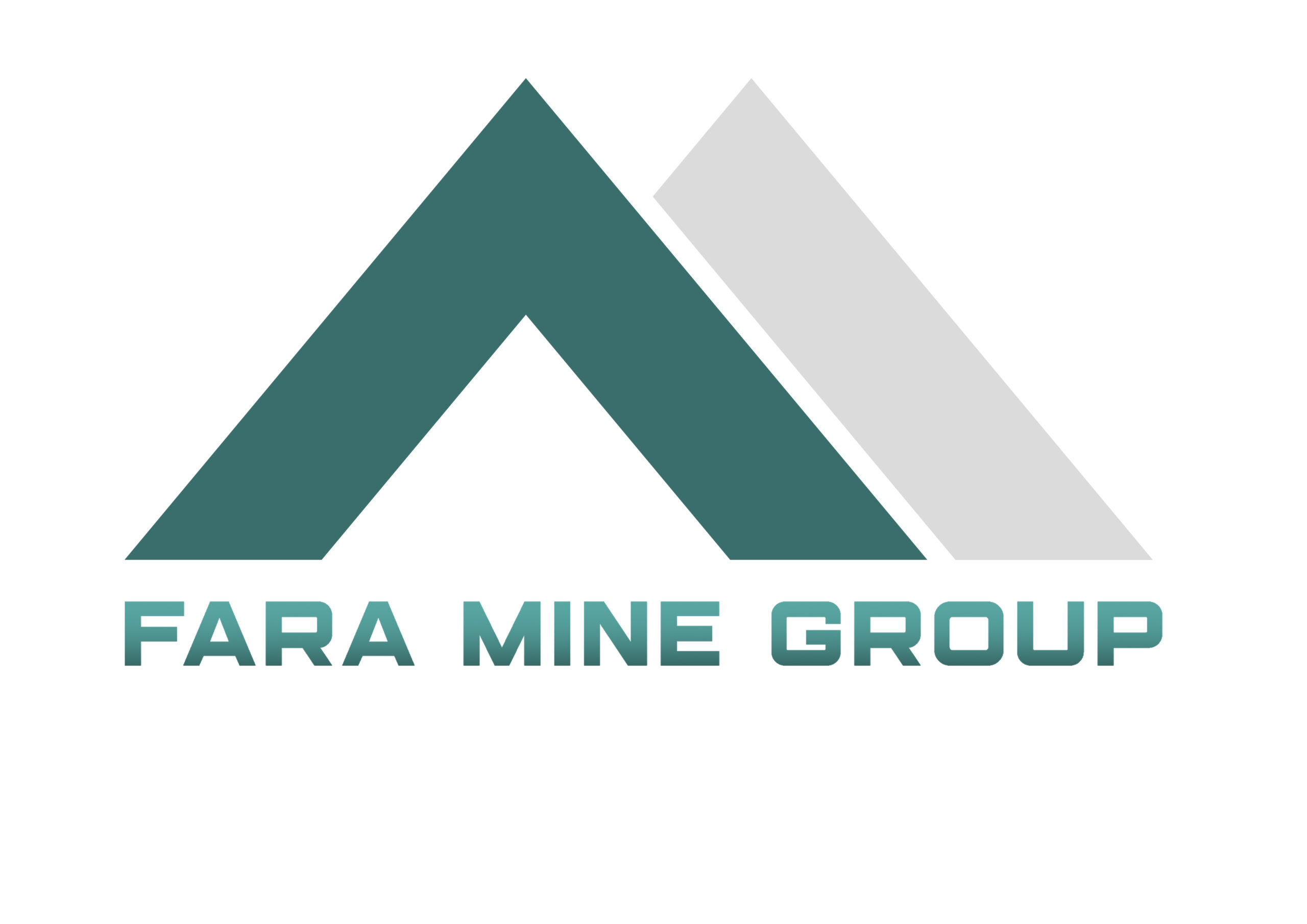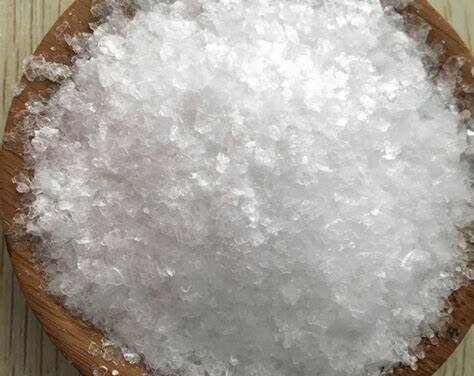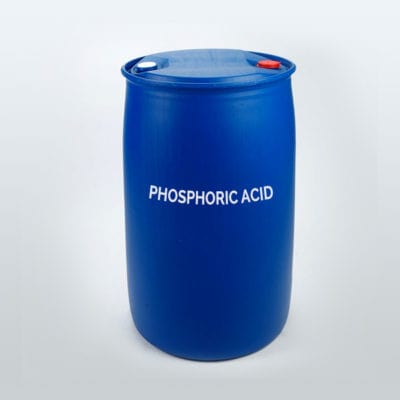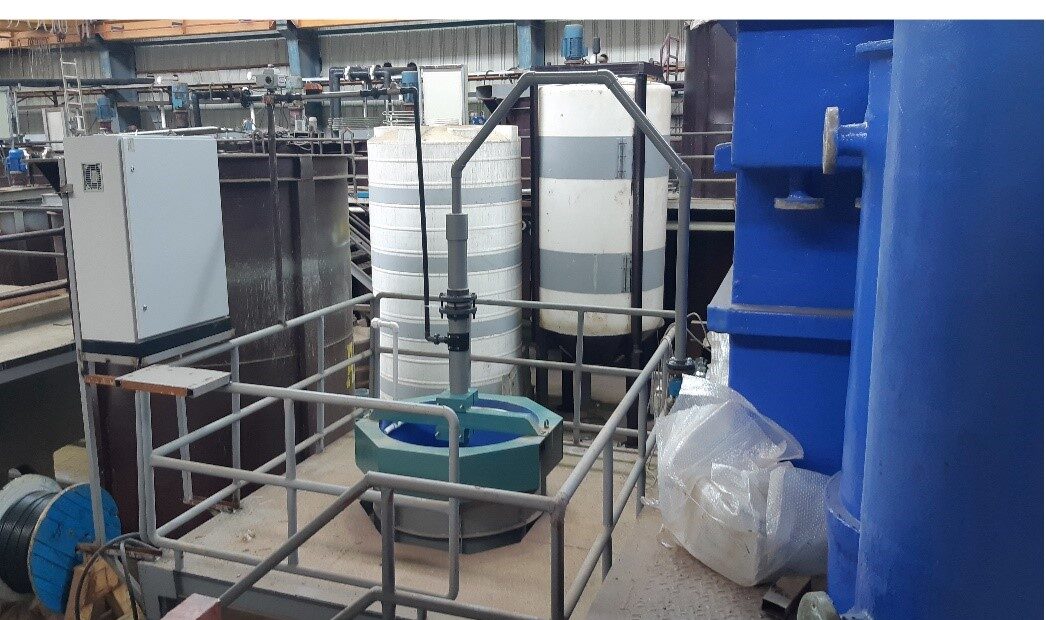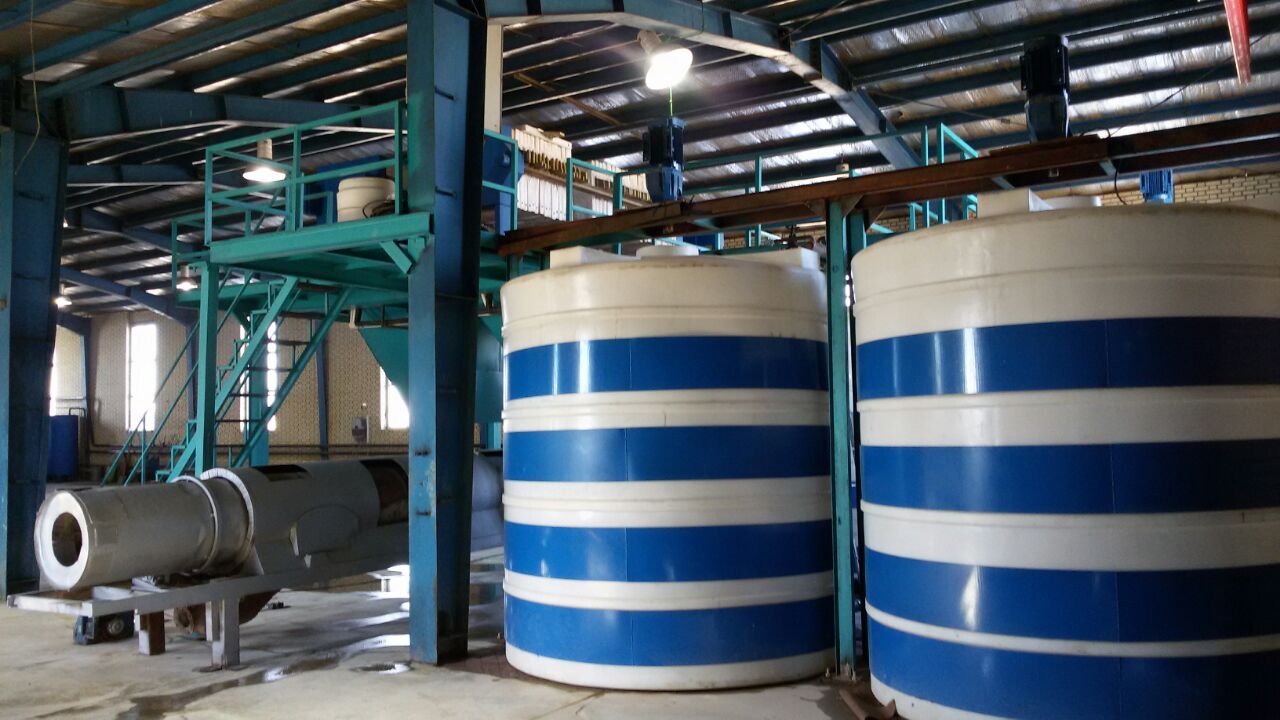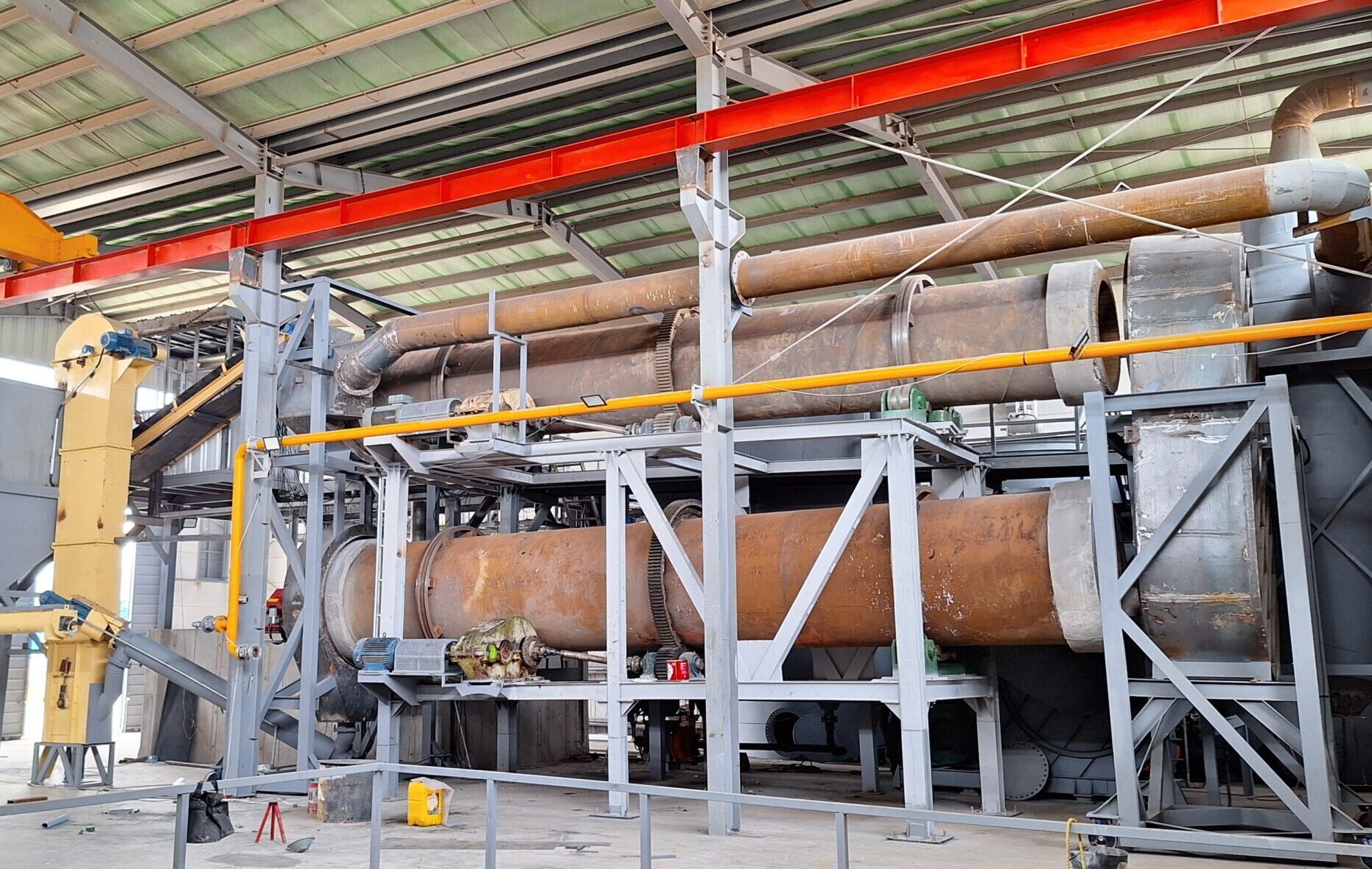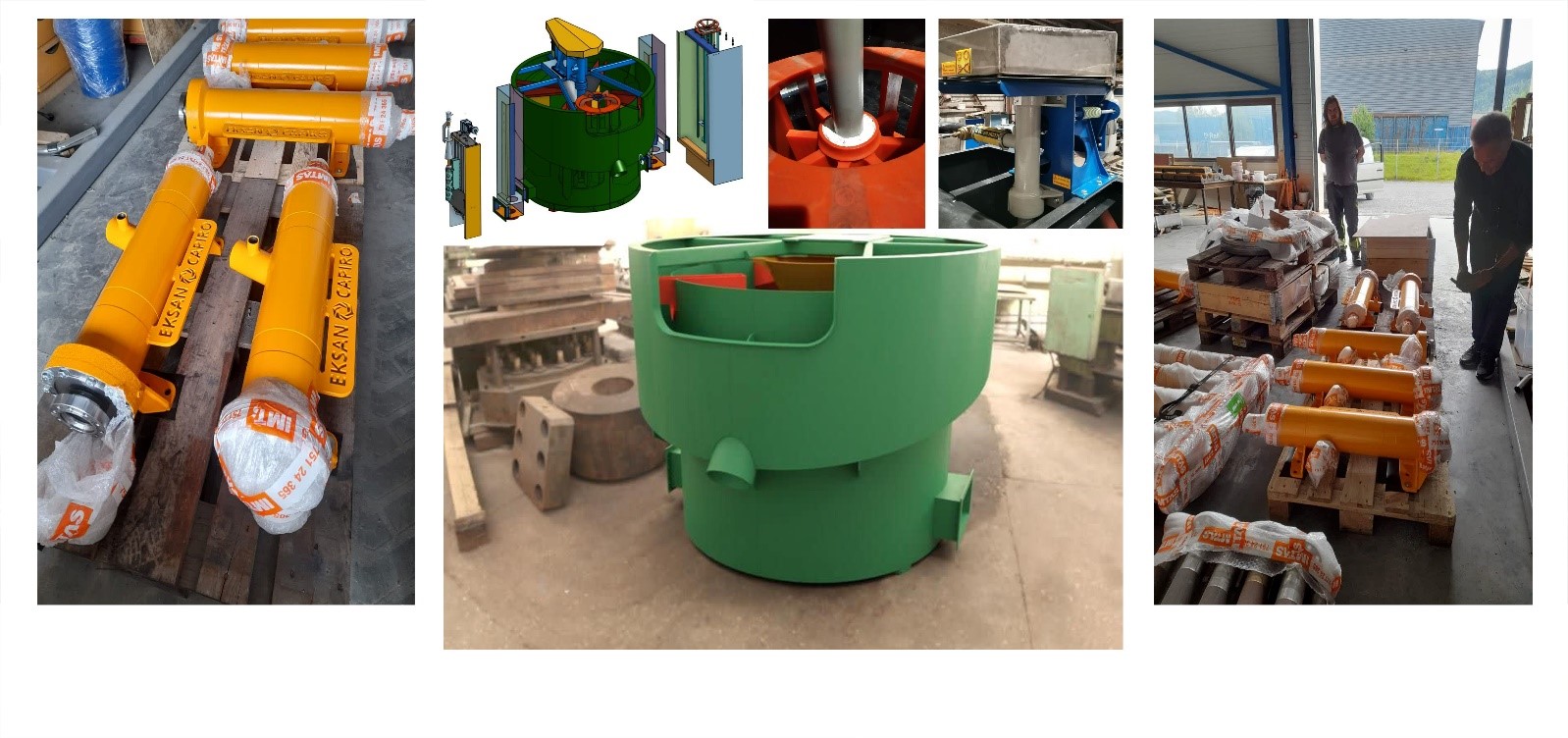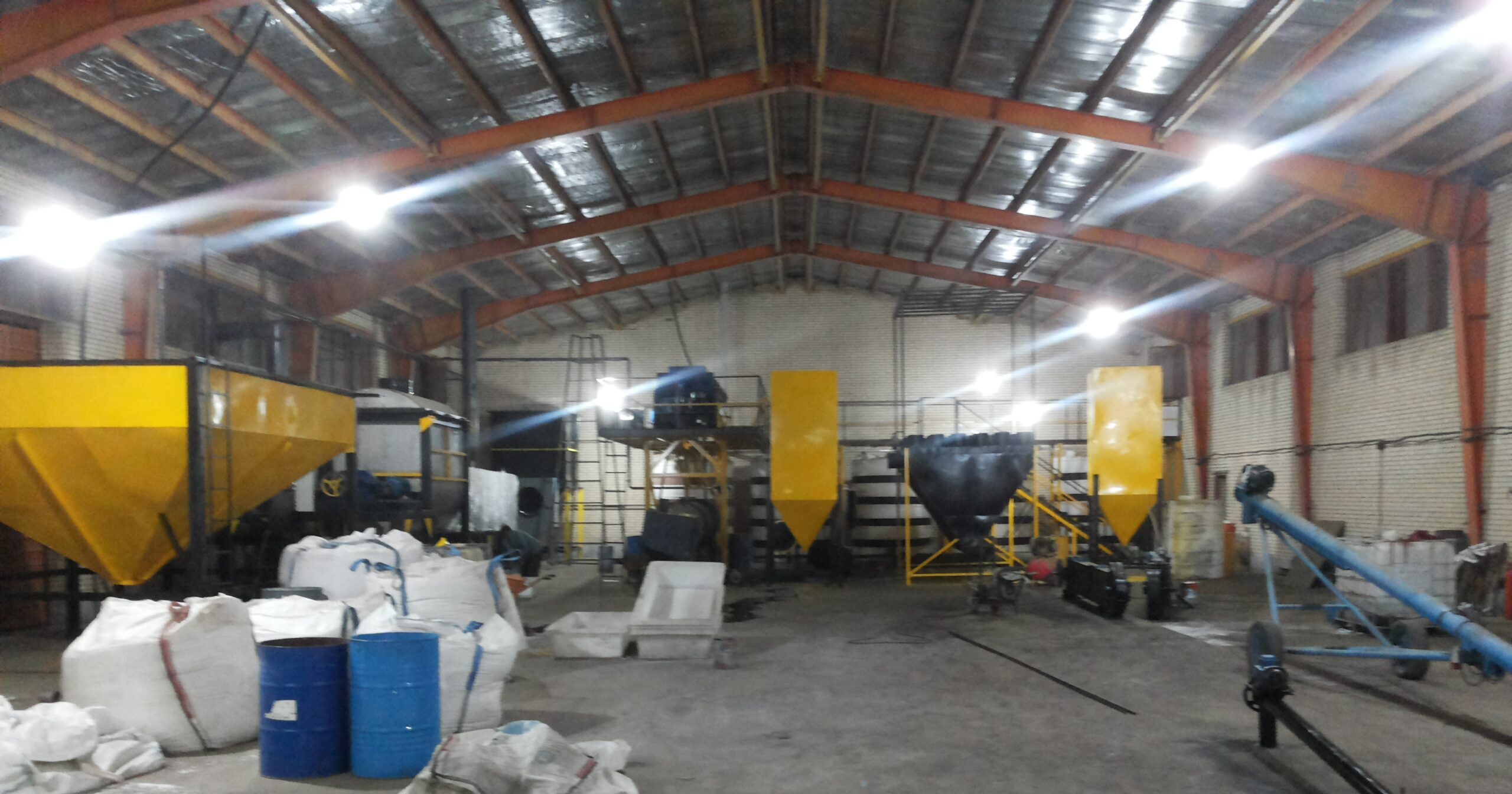What is boric acid?
Boric acid is a weak inorganic acid used in various industries. This white, crystalline, odorless powder is also known by its chemical formula H₃BO₃. It naturally occurs in some minerals such as borax and sassolite, from which boric acid can be extracted through various processes. Boric acid has widespread applications, ranging from medicinal to industrial uses. It is used as a preservative, insecticide, and more. Additionally, it is employed in the production of certain ceramics, glasses, and fertilizers.
Bottom of Form
Important Applications of Boric Acid
Orthoboric acid is a versatile chemical compound used in various industries, including medicine and agriculture. Here are some of its common applications:
- Antibacterial and antiseptic:
Boric acid has disinfectant and antibacterial properties, which are used in the treatment of various skin conditions, including acne, fungal infections, and some forms of eczema. It is also used as an eye wash.
- Pesticide:
Top of Form
Bottom of Form
This acid, while relatively safe for humans and pets, is highly effective in killing insects such as ants, cockroaches, and termites. Its properties make it a popular insecticide that works by dehydrating the exoskeleton of insects, leading to their death.
- Wood Preservation:
Boric acid is used as a wood preservative to prevent decay and insect infestation. It is applied as a coating on wooden surfaces or impregnated into the wood itself.
- Flame retardant:
Boric acid acts as a flame retardant in various materials including textiles, paper, and plastics. When exposed to heat, it releases water molecules that either slow down or extinguish flames.
- Manufacture of ceramics and glass:
Boric acid is used in the manufacture of ceramics and glass. This acid is beneficial and utilized in these industries due to its fluxing properties, which lower the melting point and improve the performance of the products.
- Nuclear industry
Boric acid is used in the nuclear industry. This substance controls nuclear reactions by absorbing neutrons and prevents nuclear accidents.
Production Methods of Boric Acid:
Boric acid is primarily obtained from borate minerals and deposits. These minerals are reacted with sulfuric acid to produce boric acid. The largest source of borates in the world is an open-pit boron mine in California. Boric acid can be produced by reacting sodium borate with a mineral acid such as sulfuric acid or hydrochloric acid.
For the production of boric acid and setting up production circuit for this versatile substance, you can contact the engineers at Faramin Asia.
